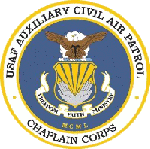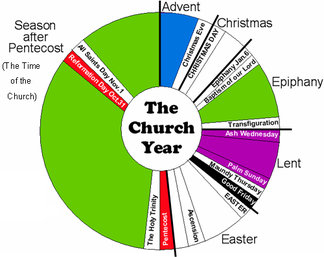Last week the was the Civil Air Patrol National Conference in Baltimore. The CAP is the auxiliary of the United States Air Force, founded just one week before Pearl Harbor in 1941. We are chartered by the United States Congress to perform emergency services missions (we are credited with saving 105 lives so far this year), the cadet program to build the next generation of leaders, and aerospace education.
There are about 400 chaplains serving the organization. To be appointed as a chaplain, the applicant must meet the same educational and endorsement requirements as active duty chaplains. By Federal law, CAP Chaplains may be asked to back fill for active duty, National Guard, or Reserve chaplains. Therefore, their training parallels that of the armed forces.
Chaplains are the only people in the organization whose primary responsibility is for the spiritual, emotional, psychological, and physical care of the members. Yes, other jobs, such as logistics, ensure we have clothing and billeting, but their job is about things, not people. The same is true about safety, their job is about mishaps, not the care of others.
During my time last week in Baltimore for the conference, I saw first hand many chaplains living the core value “volunteer service.” They willingly put themselves under the needs of others, caring for those in distress. Time and again, chaplains stepped up to assist people with illness or injury, and listened to the hurting and distressed.
This reflects the love of God as shown in Christ Jesus. He was incarnate, not for His own glory, but to willingly take upon Himself the disease of our sin. He served us by dying and rising again. He continues to serve us through Word and Sacrament, as we are assured of the forgiveness of our sins and life everlasting.
It is an honor to serve as a pastor to this congregation, to be the one who gives hope in a sin-sickened world by pointing us to Christ Jesus. It is an honor to serve CAP as a chaplain, a reminder of God’s presence in a secular organization, caring for those who may not know Christ, and helping them see His love.
Thus we are able to serve others because Christ Jesus first served us.



